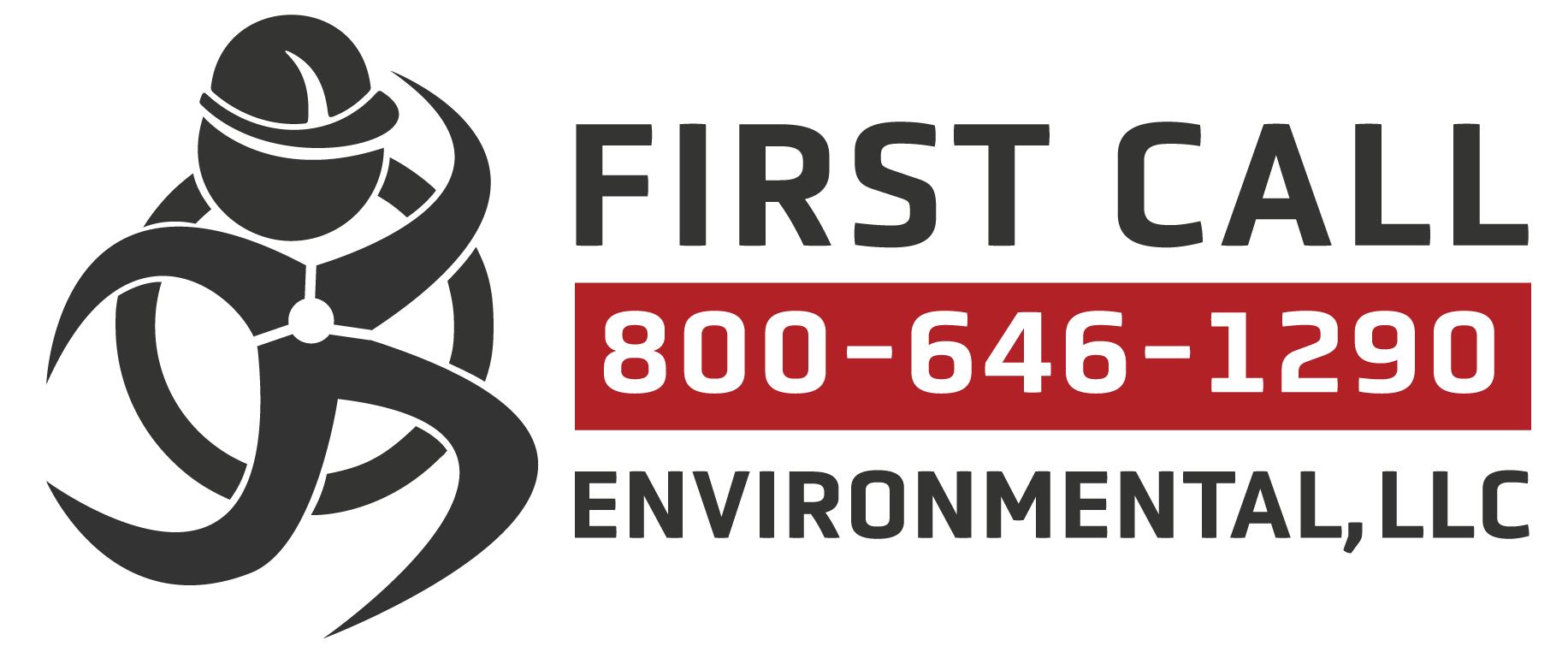Limiting Heat Burden While Wearing PPE.
Wearing PPE, fire retardant clothing, etc. can often increase your risk for heat-related illnesses.
PPE reduces the body’s normal way of getting rid of heat by sweating and increases the physical effort to perform duties while carrying the extra weight of the PPE.
For a simpler solution during rest breaks, apply cold packs, cool, wet towels, or take those breaks in an air-conditioned room or shaded area if possible.
Employers should provide a heat stress training program for all workers and supervisors that covers the signs and symptoms of heat-related illnesses, causes and steps to reduce risk, the importance of acclimatization, the importance of reporting symptoms and signs of heat-related illness, and procedures for responding to symptoms of possible heat-related illness and for contacting emergency medical services.
Acclimatization
Acclimatization is the result of beneficial physiological adaptations (e.g., increased sweating efficiency) that occur after gradual increased exposure to a hot environment. Employers should ensure that workers are acclimatized before they work in a hot environment. The ramp-up for new workers should be slower than for workers with previous experience, and employees should be closely supervised until they are fully acclimatized.
Rest
Employers should ensure and encourage workers to take appropriate rest breaks to cool down and hydrate. Permit rest and water breaks when a worker feels heat discomfort. Modify work/rest periods to give the body a chance to get rid of excess heat. Assign new and unacclimatized workers lighter work and longer, more frequent rest periods.

